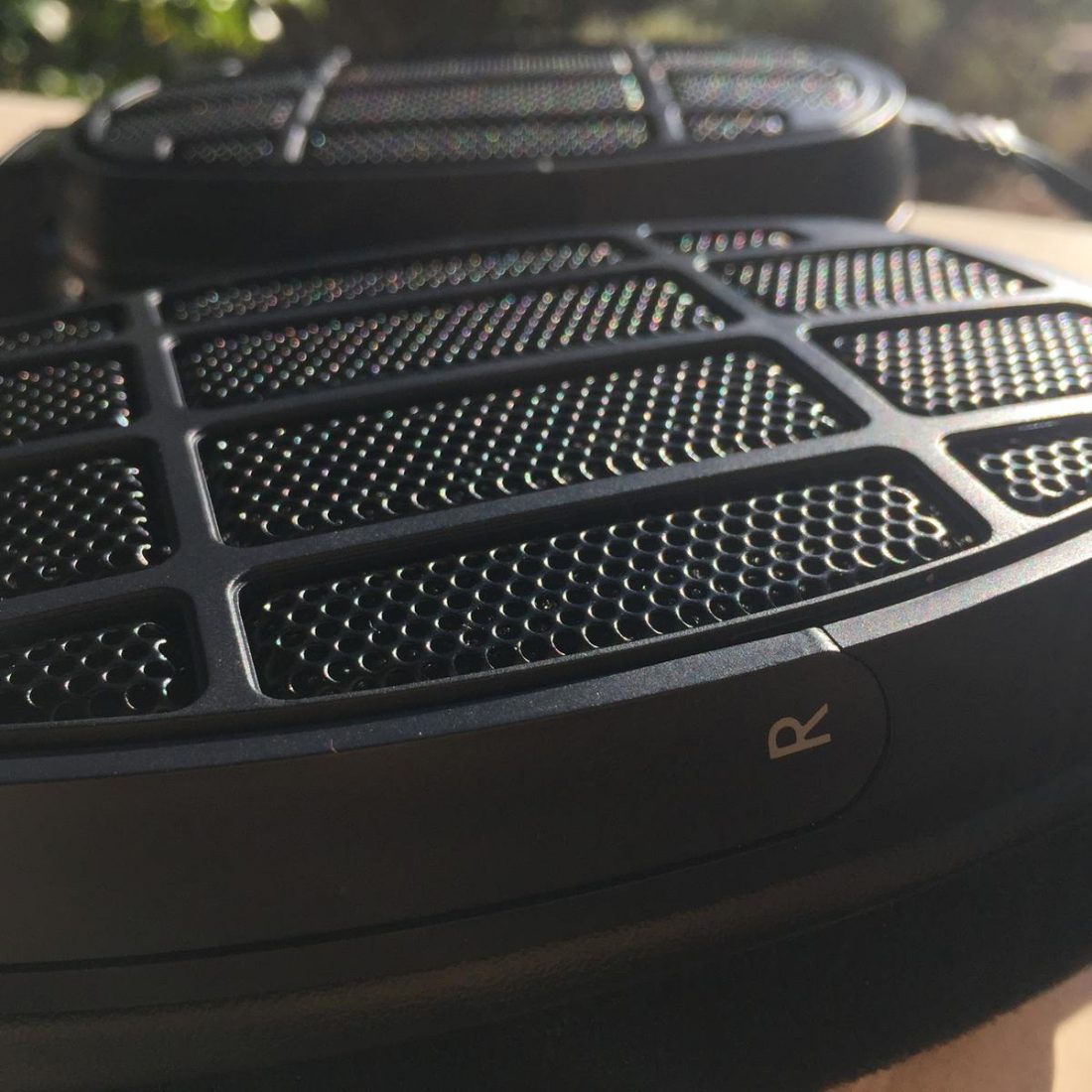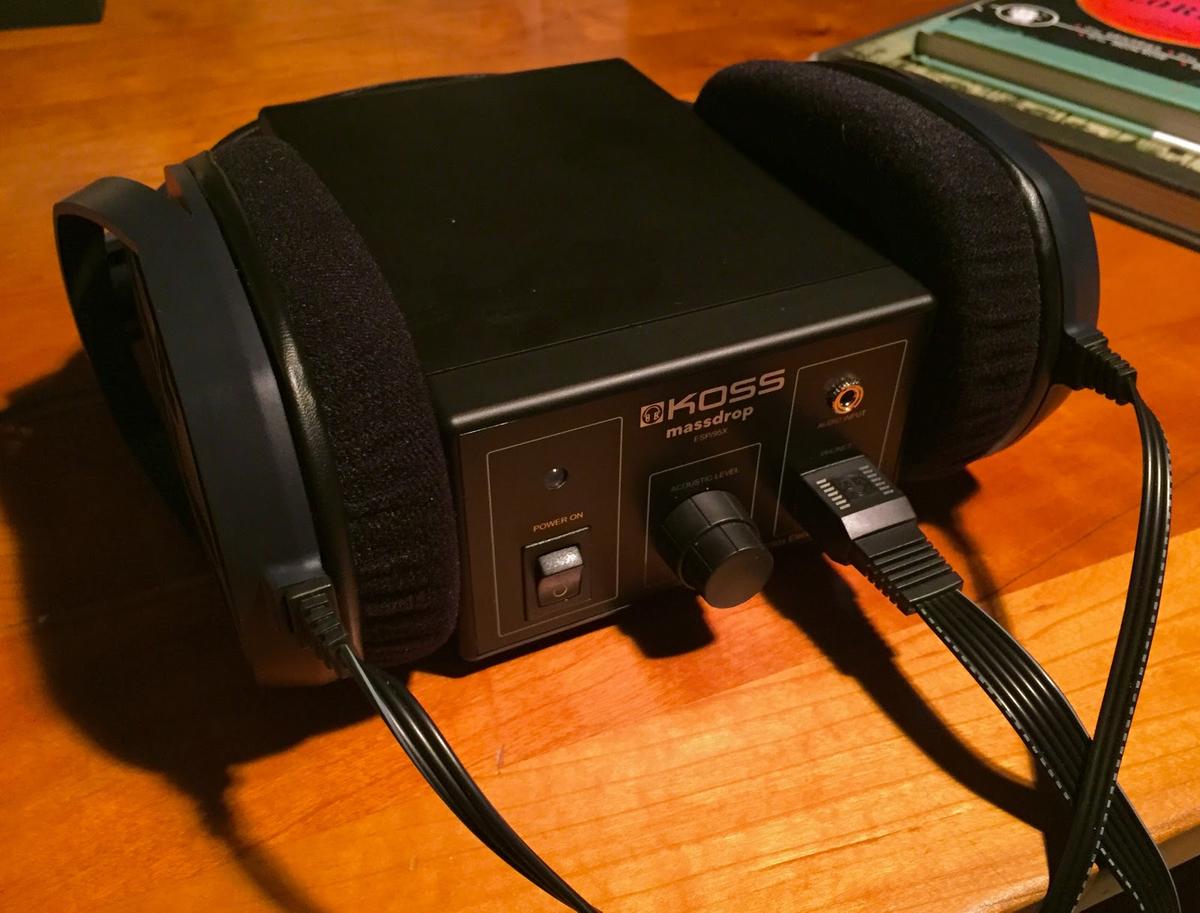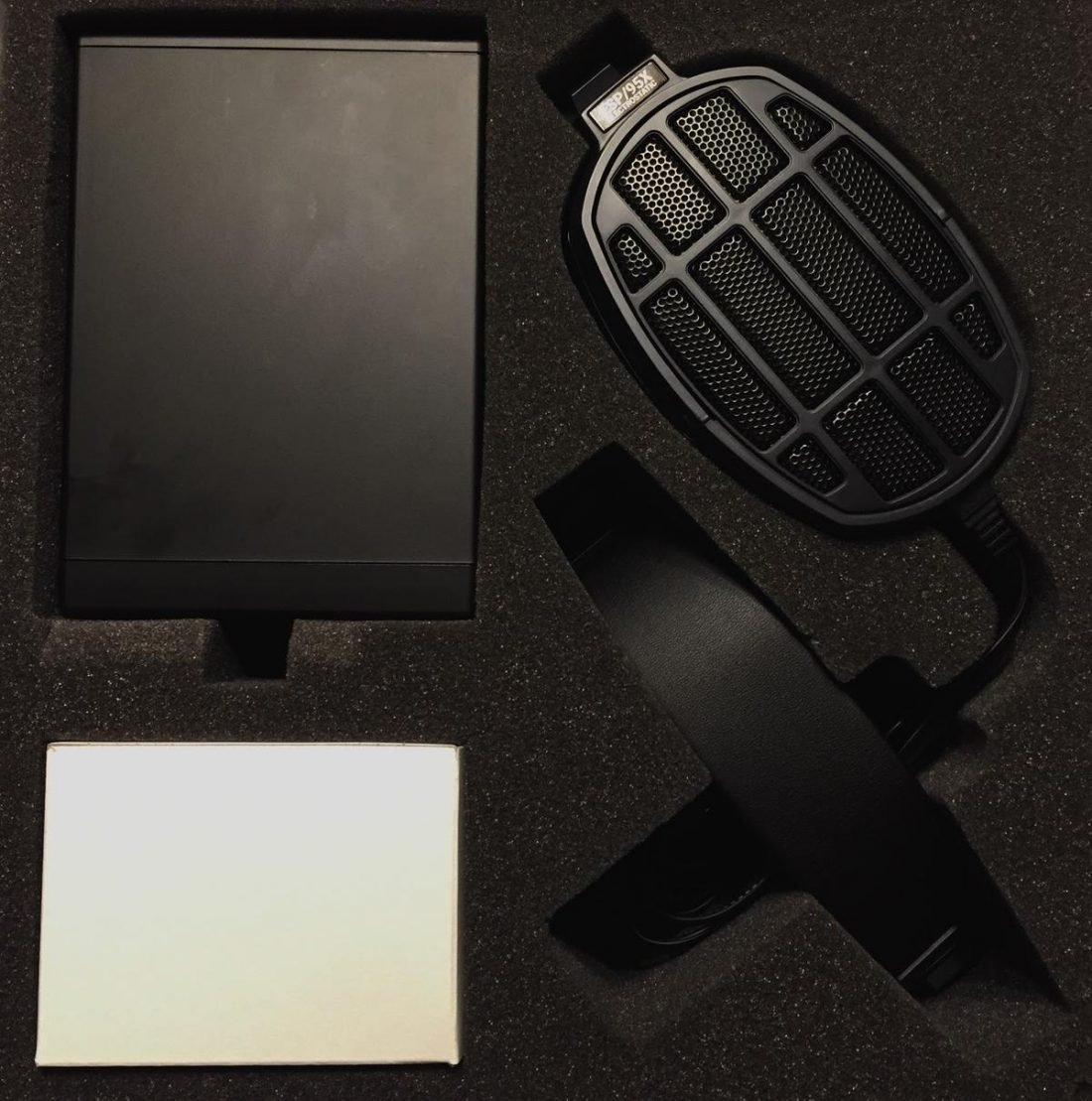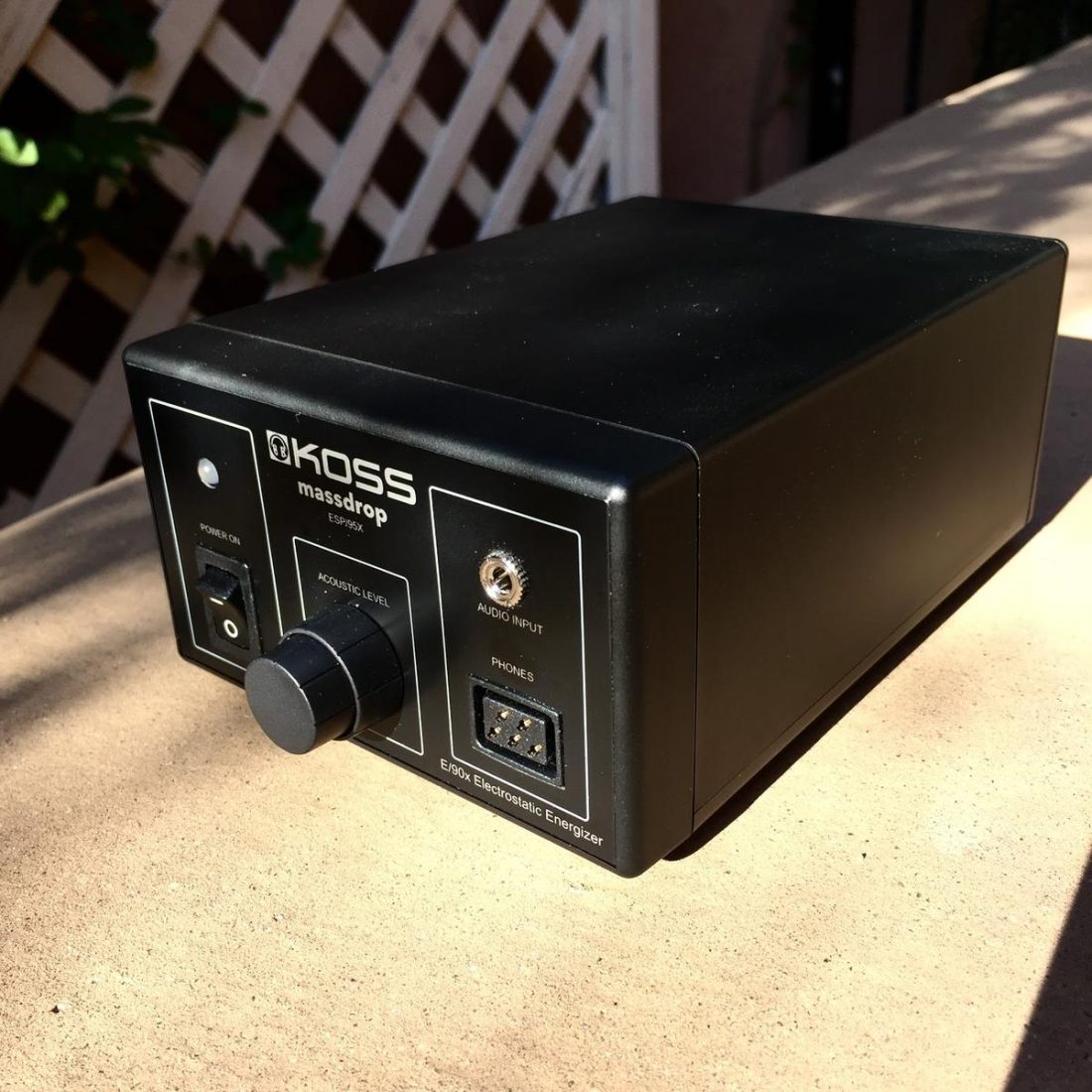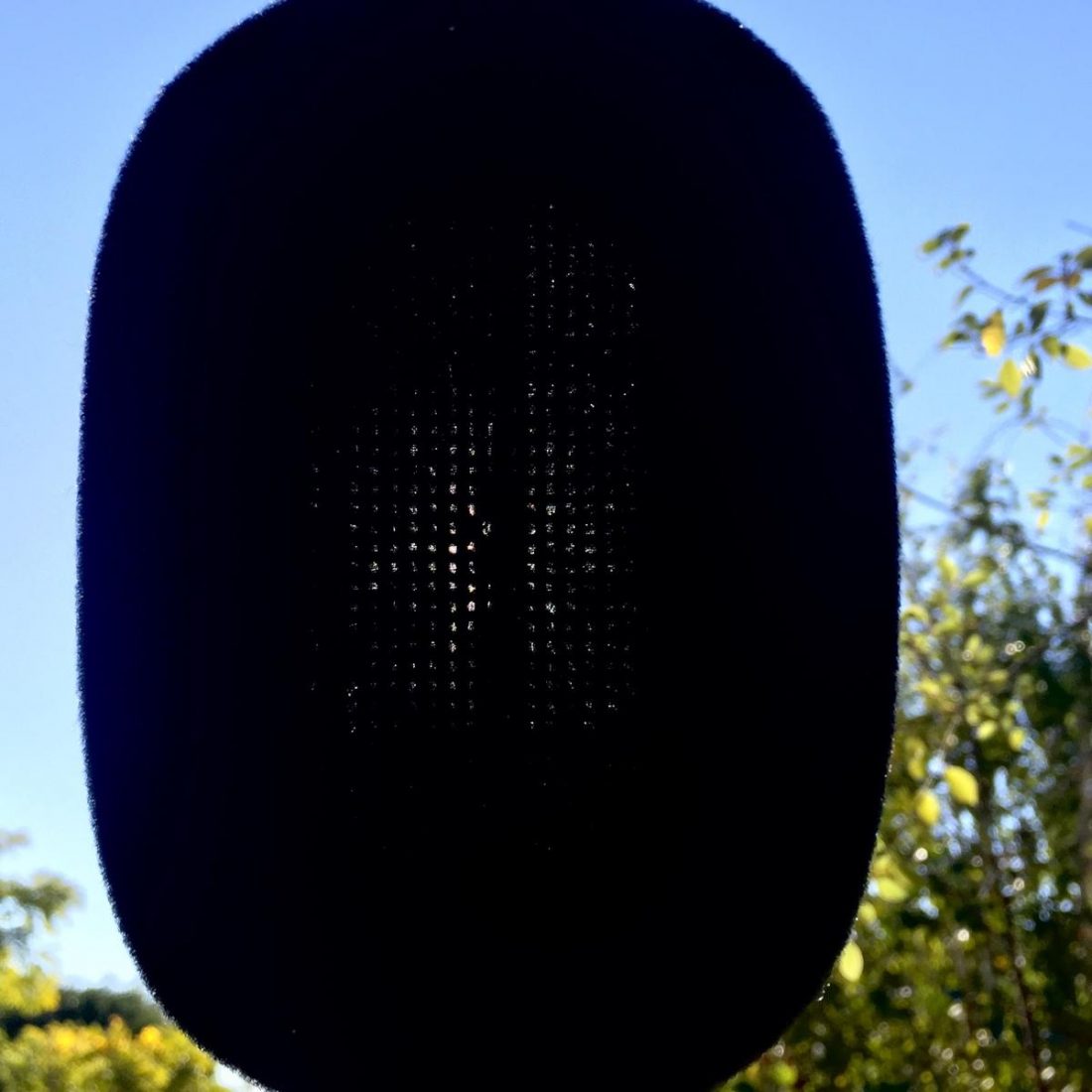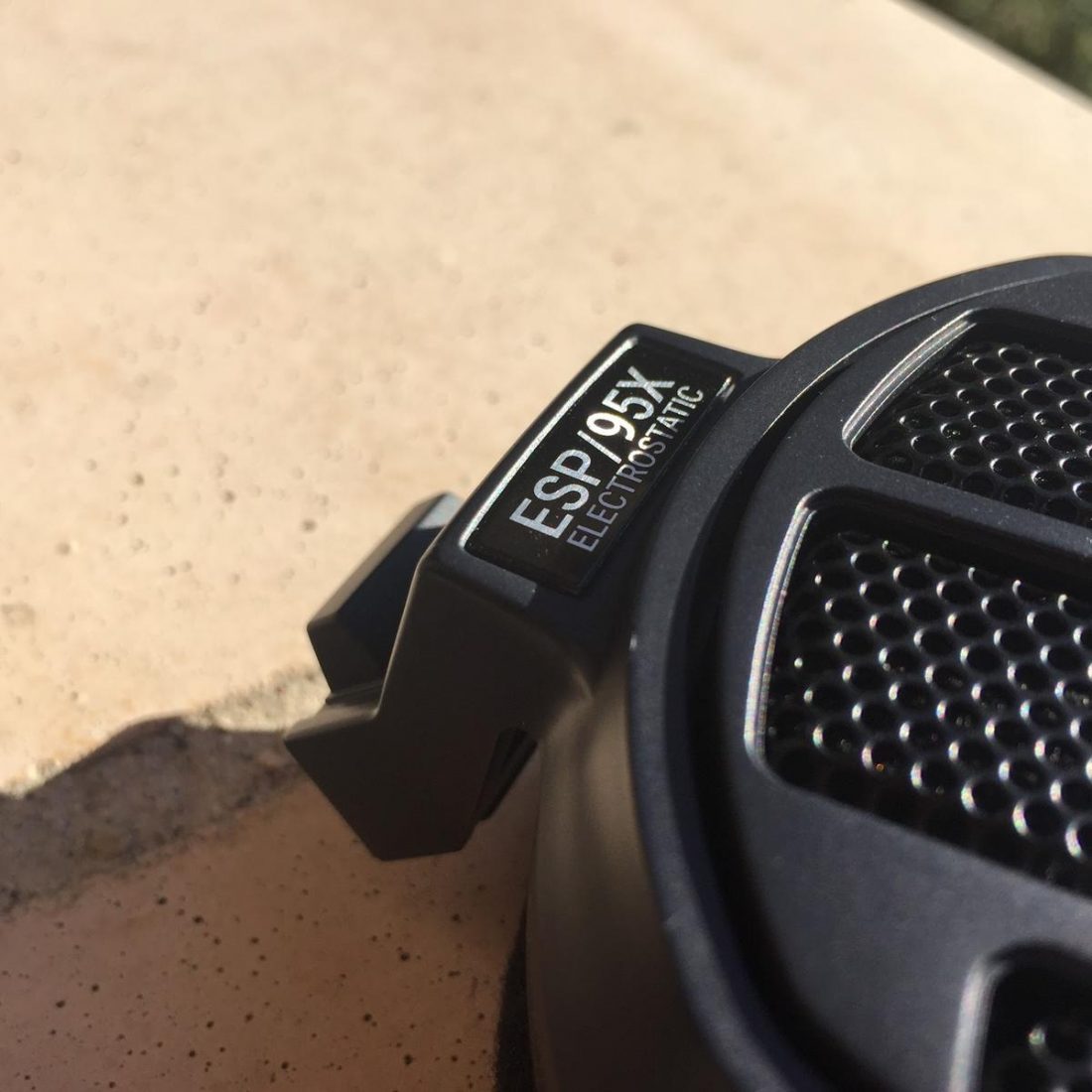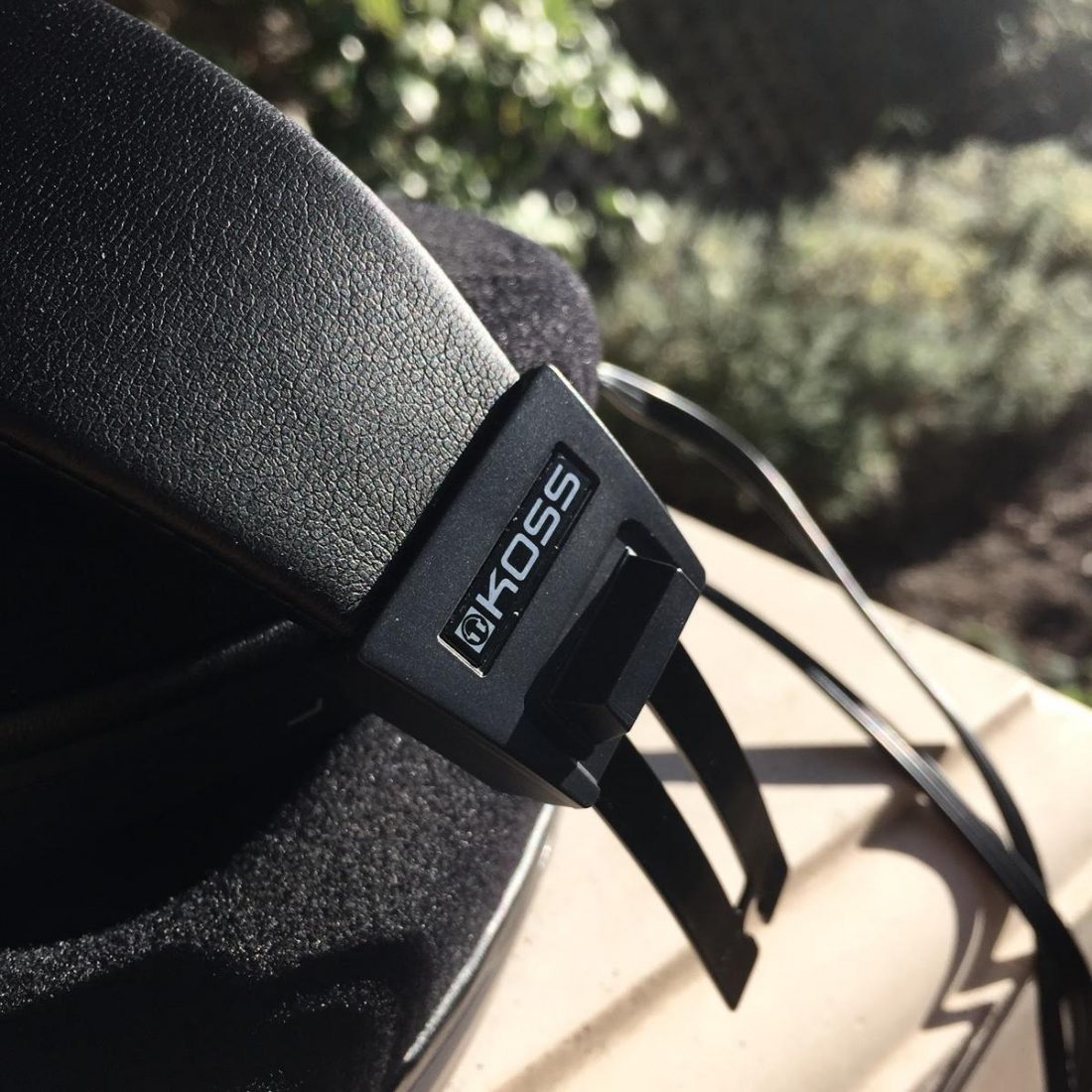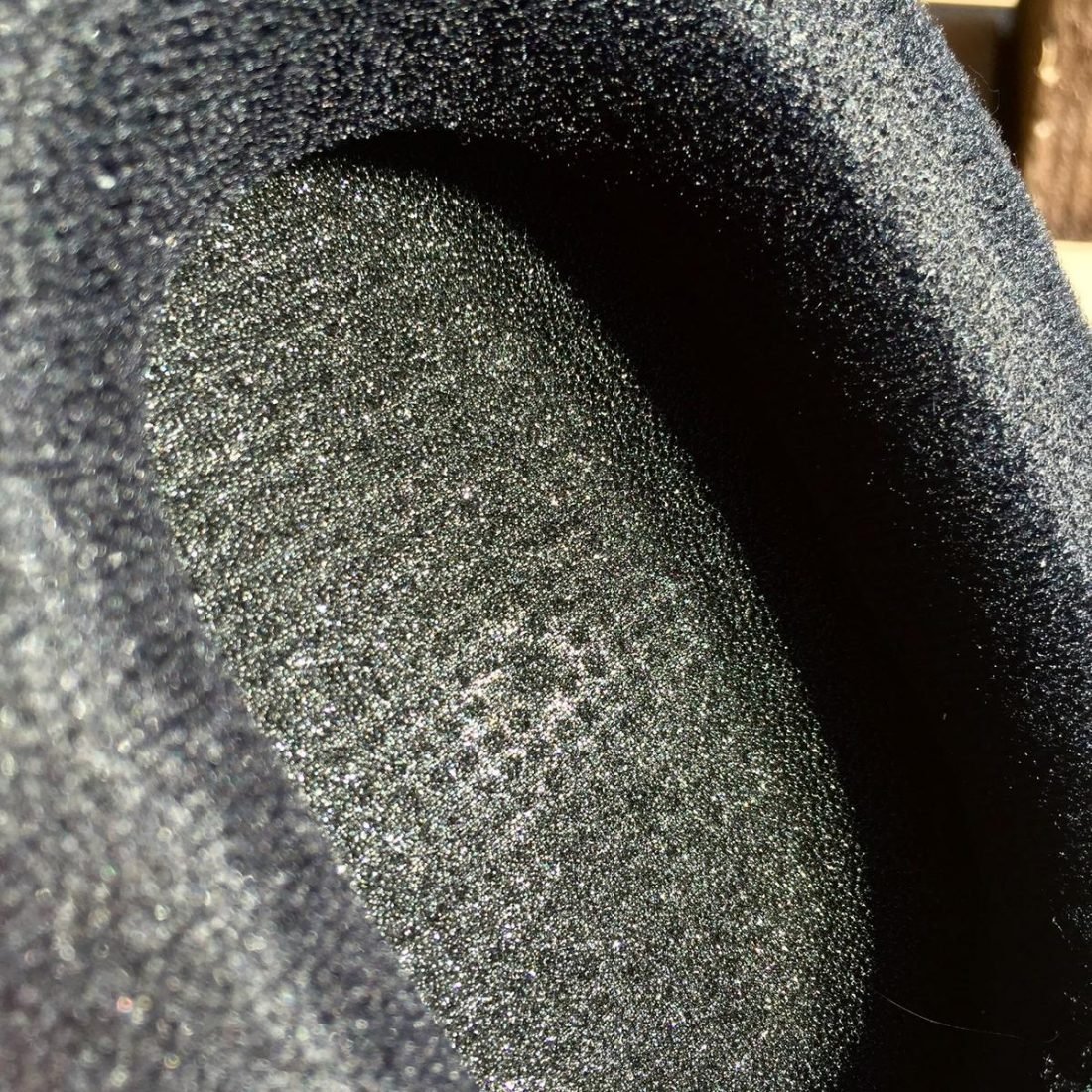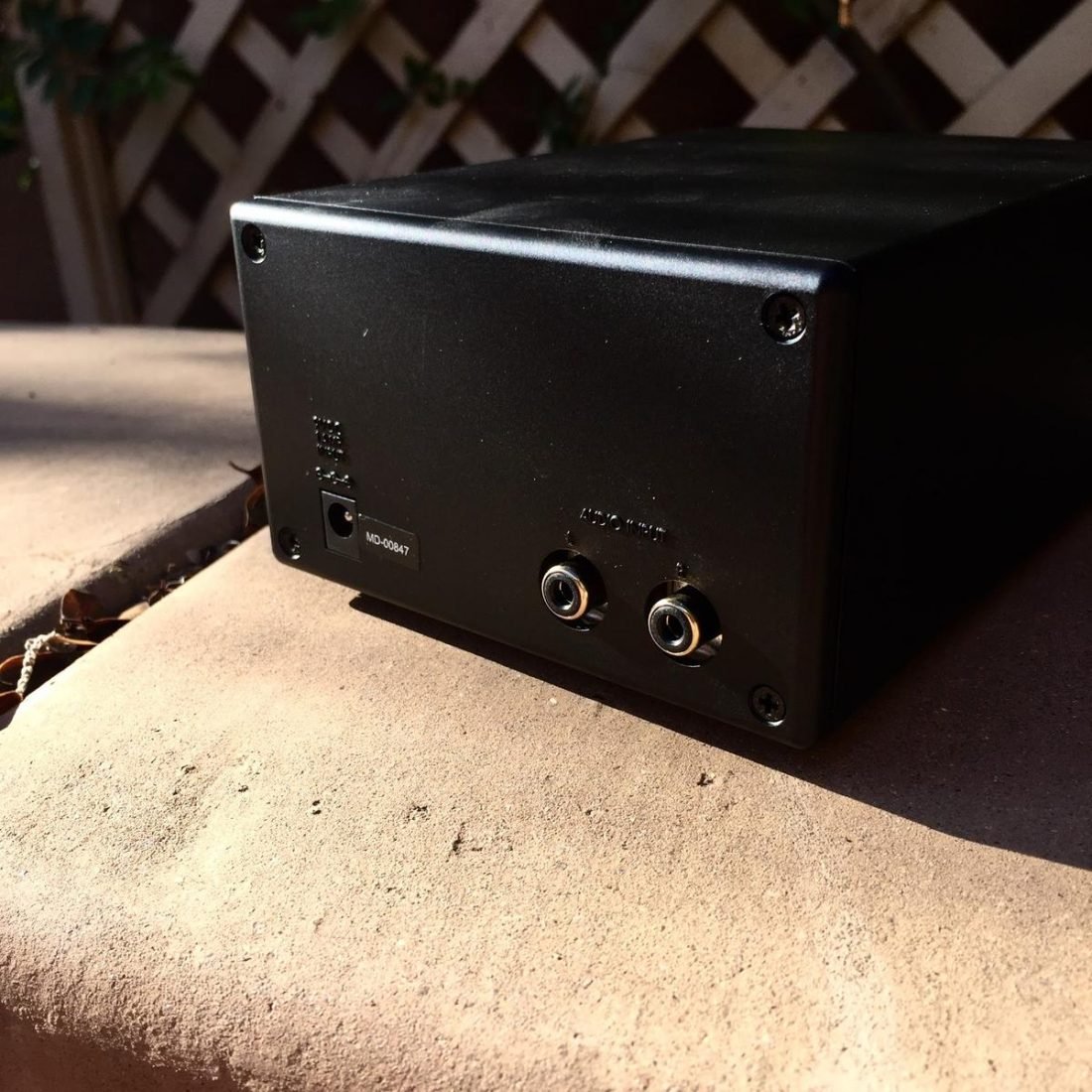The history of the electrostatic headphone is mostly dominated by a single company: Stax Audio, a Japanese manufacturer, has released most of the more notable electrostats in headphone history. In 1990, though, Koss, an American manufacturer that’s still best known for budget-fi classics like the PortaPro and KSC75, released their own open-back electrostatic classic, the USD$999 ESP950. Although it wasn’t their first foray into the world of estats, it’s the only Koss-manufactured headphone that’s stood the test of time, and it’s still considered a classic today. Many people claim that the ESP950 could hold up to, and even surpass, the best of Stax’s Lambda series. Since I’m something of a fan of the Lambda series, I was excited to try them out. Thankfully, as part of their project to release modern updates of many of headphonedom’s classics, distributor Massdrop (now just Drop) collaborated with Koss to create the updated Massdrop x Koss ESP/95X, shaving the price in half in progress, and making the 95X one of the cheapest full-size electrostats on the market. It comes with an amp, too, making it an ultra-affordable alternative to the entry-level full-size Stax system, the SRS-3100. I haven’t heard that particular Stax system, so a comparison would be unfair, but I found the ESP/95X a very intriguing value proposition.
Technical Specification
The ESP/95X is sold in a bundle with the Koss E/90x electrostatic energizer. This is because, unlike traditional dynamic and planar headphones, the ESP/95X has extremely high impedance, and thus operates with much higher voltage than most headphones (and less current). The amplifier must also supply a constant bias voltage of 600V for the headphones to operate. The 95X uses a proprietary Koss connector, meaning if one wants to use it with other electrostatic amps, one needs to buy an adapter. These tend to be rather expensive, unfortunately, but many people have said that the Stax amps do a much better job of driving the 95X than the included Koss amp. Unfortunately, Massdrop is missing some of the info I’d like to see, like impedance, but here’s what I can gather: Massdrop x Koss ESP/95X
Diaphragm thickness: 1.5 microns Diaphragm surface area: 7 sq. in. Bias voltage: 600 V Weight: 12.45 oz (353 g)
Massdrop x Koss E/90x
THD + N: 0.001% @ 1 kHz, 100 Vrms output Input impedance: 100 kOhms Output voltage: 790 Vrms differential; 2,200 Vpk-pk differential with soft limiting SNR: -100 dB at 100 Vrms output Bias voltage supply: 600 VDC Weight: 17 oz (482 g)
Build
If you’re looking for a well-built electrostatic headphone under USD$1,000, you may as well give up now, as you’re not going to find one. Under the USD$2,000 price point, it’s pretty much all plastic – even when it’s not, like with the Hifiman Jade II, the build is almost laughably bad. Even among this wretched company, though, the Koss ESP/95X manages to distinguish itself as one of the worst of the bunch. It’s not just the plastic, mind you. Frankly, as a Lambda owner and enthusiast, the plastic doesn’t bother me one bit. It’s the fake-leather headband whose internal components are clearly just loosely packed in there, where you can shift around some of the padding material with your fingers if you play with the headband too much. It’s the cheap, non-angled foam earpads that let out a sad “scrunch” sound upon being compressed. And it’s the way that the earpads never fully create a seal with my head, because the earcups don’t swivel laterally at all on their yokes. It’s that God-awful split knob on the amp. Half the knob controls one channel’s volume, and the other half controls the other channel, but they don’t friction lock, so you have to grab both simultaneously to adjust the volume, and even then, you’re constantly second-guessing yourself about whether your left-right balance is a bit off. Who thought of that? And why hasn’t Koss fixed it, even after everyone and their grandma has complained about how stupid a design choice it is? And it’s that the headphones just never quite sit right on my head! The Lambda series is one of the most comfortable types of headphones I’ve worn. They’re not pretty, but the floating headband and soft angled earpads make them a joy to wear. How is it that the 95X, despite the equally rectangular design, managed to get comfort so wrong? And that’s not to mention the high failure rate and the persistent squeal that almost every ESP/95X owner experiences at least once in their ownership. The lifetime warranty (!) and low price can make me overlook that, though. But in my case, I care mostly about sound, and the 95X should count itself fortunate that it sounds very good.
Sound
From the get-go, the 95X sounds like an electrostat. For those not familiar, the “electrostat sound” is genuinely characterized with words like effortless, airy, weightless, and fast. The extremely light diaphragm, so the theory goes, allows for almost immediate direction change, without the decay that exists on dynamic headphones or speakers. That generally gives electrostats a very smooth, articulate sound that many people find very pleasing and addictive. On the other hand, it means that instruments can sound unnaturally thin, as if sounds are coming from thin air rather than physical instruments. Unlike something like the Sennheiser HD600, I wouldn’t consider the 95X an all-rounder – it has a very niche presentation that won’t reliably work with everybody’s music. People have accused electrostats like the 95X as having an unrealistic timbre, and I can sort of get behind that. Because of its unique properties, which I’ll get further into, I wouldn’t recommend the ESP/95X for everybody – only for those that know the properties of an electrostat, and want to hear them for themselves.
Bass
Many accuse electrostats of being unable to produce good bass. That’s not exactly true, strictly speaking – there are absolutely electrostats that can produce a solid, impactful bass response – but unfortunately the ESP/95X is not exactly one of those. It’s not like the bass here is horrible. Compared to the HD600 and its kin, the 95X manages somewhat better extension and speed. But it’s got a sort of weightless sound to it, and it never really manages to “slam” the way certain dynamic headphones, like the Fostex TH-900, can. If you’re a basshead, this is obviously not the headphone for you – and frankly, the same goes for all electrostats. There is absolutely some pretty severe roll-off below 80 Hz or so, and although I can hear all the way down to 30 Hz, there’s not much solidity down there. Instead, the bass has a kind of ghostly, too-clear quality to it. It doesn’t detract from the music most of the time, but when you get to a track that really cries out for impactful bass, the 95X can’t quite get it done.
Midrange
The Koss ESP/95X has an overall smooth and laid-back midrange with little forwardness or aggression. But I say little because it’s not completely absent from the 95X’s “sound.” Being an electrostat, the 95X has some characteristics in the midrange tuning that are important to keep in mind. The first is a very slightly thin-sounding lower midrange, and the second is a slight boost starting at around 1 kHz and continuing to a little bit above 2 kHz. In fact, I was somewhat startled to find upon comparing the frequency response that the ESP/95X is tuned somewhat similarly in the midrange to my own Stax SR-Lambda. There’s not as much shout as with the modern Stax Lambdas, but there’s just enough to throw the midrange tonality off slightly. This is particularly noticeable with pianos, flutes, and oboes, which have a bit of upper-midrange “bite” or “glassiness” to them. This may improve with a better amp, but it is absolutely there with the included Koss E/90x. That bite, combined with the quick decay, means that the 95X is a few steps away from natural. That’s OK – no headphone at this price point can really be considered “natural,” but if you’re looking for a really natural-sounding representation of instruments and vocals, I’d still recommend the Sennheiser HD600, HD650, or HD6xx. On the other hand, the quick decay means that the imaging and instrument separation is, broadly speaking, better than on any dynamic headphones at this price, making it easier for one to “read the room,” so to speak, and locate sounds relative to each other.
Treble
When it comes to treble resolution, the 95X doesn’t quite run with the multi-kilobuck “big boys,” but it’s probably the leader for its MSRP. I have yet to hear a USD$500 headphone that can match the 95X for treble resolution. Perhaps more importantly, it achieves that resolution without any big compromises in treble tuning. Some of the older Stax Lambdas may achieve the same resolution for the same price, but many of them have a slightly peakier, more aggressive tuning that can be irritating. By contrast, the 95X is very smooth, very pleasing, not at all fatiguing, and never grainy or harsh. It’s not the kind of headphone that totally strips recordings of any harshness, though, so feed it an aggressively bad or sibilant recording and it will react accordingly. And, again, I don’t mean to say that the 95X offers “end-game” resolution. There is some haze, and even the Lambdas seem to handily outresolve the 95X. But they do so with a wonkier, more bothersome tonality, especially in the treble, where they tend to be rather bright and grainy (although I haven’t heard all of them). If you’re looking for a budget electrostat with smooth, non-fatiguing treble, the 95X is probably where you’ll want to turn first.
Soundstage and Other “Unmeasurables”
One of the biggest reasons I find electrostats so captivating is their ability to separate instruments from one another with ease. Their speed gives them an advantage when it comes to imagine – though the tonality and timbre may be off, I always get a much more “defined” sense of space with electrostats, though it’s different for everyone. The 95X is no exception – I often feel like I can locate instruments in precise space around my head. That said, as far as electrostats go, I feel like the 95X is rather average in terms of presentation. The soundstage it projects is neither particularly small nor particularly wide. It’s slightly bigger than the HD600, but because of its fast decay, it lacks the HD600’s ability to sound “intimate” and “present” – things can sound close, but they always sound a little ghostly. On the other hand, the SR-Lambda is so wide-sounding compared to the 95X that it sounds like a breath of fresh air in comparison. And the slight amount of haze that is present in the 95X’s sound can slightly obscure the imaging, meaning it loses a bit of the estat magic (though again, this could be due to the amplifier). Still, I feel that the 95X provides a very nice and unique, if not super-engaging, presentation. But it doesn’t offer the kind of “estat magic” that some of its vintage competitors (like the SR-Lambda, which to me sounds much more seductive) can offer, even if it provides a more balanced sound.
In Conclusion
If what you’re looking for is a headphone that can present any music you throw at it in a convincing, even-keeled, and realistic manner, the Koss ESP/95X makes a better case for itself than the current Stax Lambda line-up. But next to its dynamic and planar competitors, the 95X fails as an all-rounder…to me. And you know what? That’s OK! To me, no budget electrostat can fill that “all-rounder” role – one has to step up to significantly higher planes of price. Instead, the 95X makes more sense as a novelty item. Provided the owner understands its shortcomings, the 95X can make a fine tool for listening to all kinds of things. But I still hear it as a flavor headphone first and foremost, with its ultra-light, non-fatiguing, laidback sound. So before buying, make sure this is what you want. Also, do not forget the aforementioned issues with build and durability. Breakage is a real possibility, even if you baby it, but again, Koss offers a lifetime warranty because they know this is not the most durable product, and I can respect them for that.
